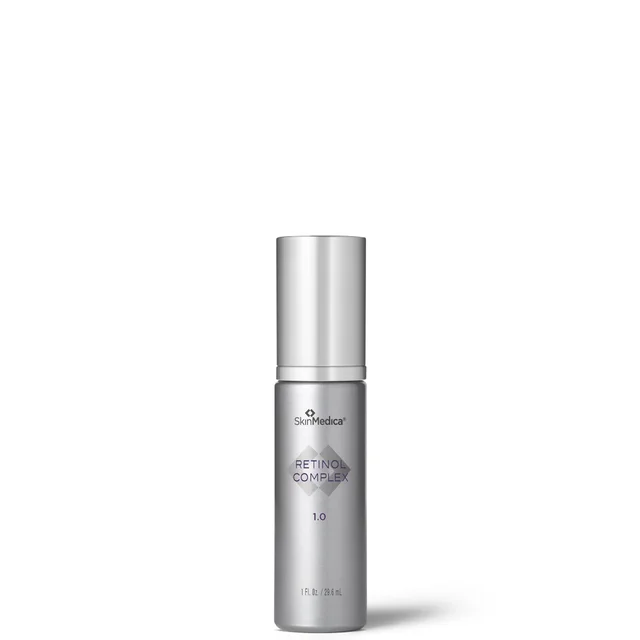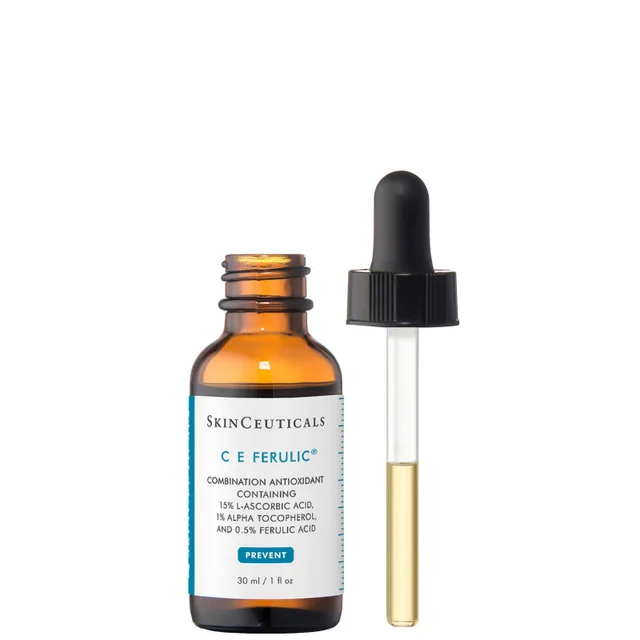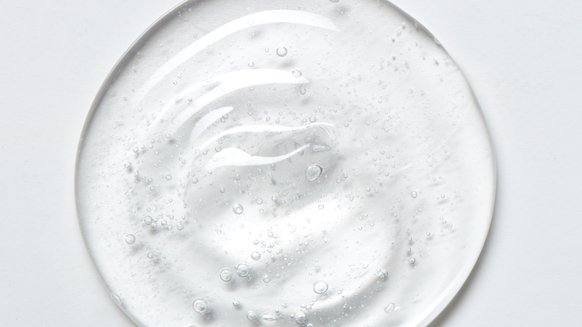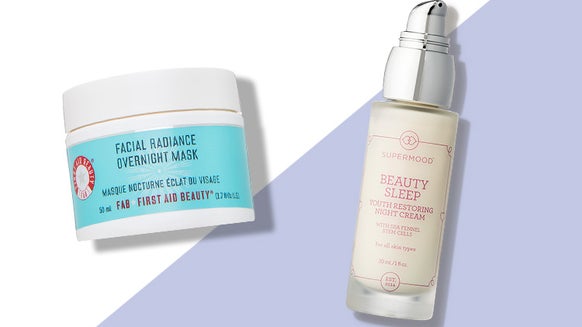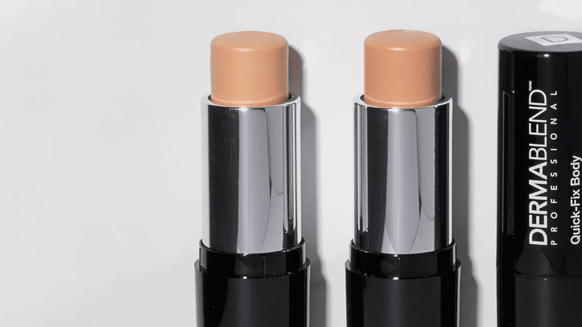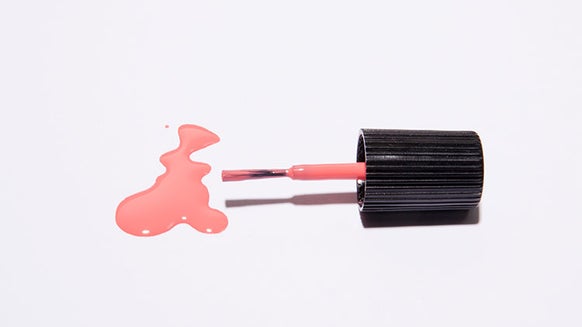Prevention or Maintenance? Here’s How to Figure Out When to Start Botox
First, the bad news: Wrinkles are inevitable.
“Repetitive facial expressions—like frowning, smiling or raising one’s eyebrows—will eventually result in wrinkles in the affected areas, like frown lines, forehead lines and crow’s feet,” says dermatologist Arielle N.B. Kauvar, MD, the director of New York Laser & Skin Care and clinical professor of dermatology at New York University School of Medicine. Once they’ve become permanent lines, she says, they become more difficult to minimize—which is why prevention is key.
Botox can stop expression lines from becoming permanent wrinkles.
Like any other cosmetic procedure, Botox doesn't come without risks. Potential risks, according to board-certified dermatologist Dr. Ashley Magovern, include "a heaviness in the brow or a droopy feeling in the eyelid." However, she also notes, "These outcomes are rare with experienced and well-trained providers, who can really analyze the individual differences in a patient’s anatomy."
The right time to start Botox depends on a lot of factors.
For some, Botox is an important part of skin maintenance...
According to the American Society for Dermatologic Surgery, an injection costs between $325 and $425 on average, but if you have lines that drive you crazy, it's hard to put a price tag on the results. Reina considers it just another part of skin maintenance. “It’s like going in to get your car serviced—but you’re just going in to get yourself fine-tuned instead,” she says.
...but Botox, alone, won't prevent your skin from aging.
Dr. Magovern reminds us that Botox only works on the muscle, so if you want to keep your skin healthy and slow down the aging process, you'll have to maintain a strategic skin care routine. "Keeping your collagen strong, thick and stimulated is crucial," says Magovern, also noting that "maintaining healthy, firm, supple skin takes work for most of us," which is more important than Botox, in her opinion.
Dr. Kauvar echoes this importance, suggesting a "balanced skin care routine of moisturizer, antioxidants, retinoids and sunscreen [to] maintain collagen production and skin strength." Additionally, you may want to incorporate LED light therapy, lasers and peels into your routine to further improve your skin, adds Magovern. Caring for your skin regularly has more benefits than just slowing down the aging process—especially when used in combination with Botox. "Healthy skin will allow the Botox to work better and even look better," says Magovern.

From the latest hair and makeup trends to the best solutions for your skin issues, we've got all your beauty concerns covered!
